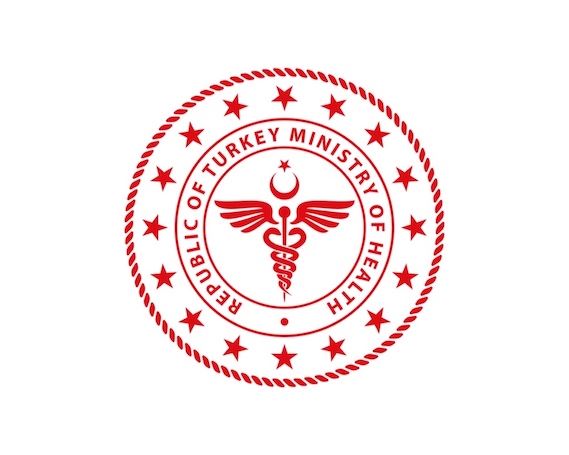COMPARAȚI CLINICI,
ȘI REZERVAȚI ONLINE
Flymedi: Comparați clinici acreditate și rezervați online. Cel mai sigur mod de a primi îngrijiri medicale în Turcia. De încredere pentru peste 100.000+ de pacienți la nivel mondial.
Sau explorați procedurile de mai jos:
Chirurgie plastică Transplant De Păr Stomatologie Chirurgie Bariatrică Oftalmologie OncologieGăsiți clinici pentru următoarele proceduri frecvente

Cele mai frecvente destinații pentru turism medical
Cum vă poate ajuta Flymedi?

Asistență personală 7/24 pe tot parcursul călătoriei

Pachete medicale personalizate, all-inclusive

Reduceri speciale și beneficii pentru pacienții Flymedi

Sfaturi precise de la consultanți cu experiență în domeniul sănătății

Împrumuturi medicale și asigurări pentru îngrijiri medicale
Acreditări
Colaborăm cu spitale și clinici acreditate la nivel internațional

JCI
(Joint Commission International)
ISO
(International Organization for Standardization)
NCQA
(National Committee for Quality Assurance)
MTA
(Medical Tourism Association)
TÜV
(Technical Control Unit)
TEMOS
(Excelență în turism medical)
TURSAB
(Association of Turkish Travel Agencies)
MOH
(Republic of Turkiye Ministry of Health)TÜRSAB – Tranzacțiile pe flymedi.com sunt gestionate de MIRAC SARA TOURISM, o agenție de turism din Grupa A înregistrată la TÜRSAB (Certificat Nr.: 12276).




